
Key Takeaways
- Electric bikes amplify your pedaling power and your ability to do and see more.
- Key considerations include battery range, motor power, and overall cost.
- Electric bikes are changing the way we live and connect in our communities and cities.
Electric bikes have changed the game when it comes to personal mobility. But what should you look for when buying an electric bike?
When buying an electric bike consider its motor type and power, battery capacity, pedal-assist pedal, frame size and design, and the braking system. You should also consider the suspension, tire type and size, display and controls, integrated features, and warranty and customer support.
Having worked extensively with manufacturers, retailers, and cycling enthusiasts, I’ve gained valuable insights into the nuances of electric bike design, performance, and functionality. My expertise enables me to offer informed recommendations tailored to individual preferences, whether it's commuting, leisure riding, or off-road adventures. So, gear up for some straight talk on everything e-bike – you're in reliable hands!
What To Look For When Buying An Electric Bike
When you're in the market for an electric bike, it’s like stepping into a candy store—so many options, but which one to choose?
Bikes have certainly evolved, and e-bikes are the latest iteration that's exciting and incredibly functional.
Let's break it down and look at the nuts and bolts (quite literally) of choosing your electric steed.
Motor Type and Power
Different types of motors cater to varying riding needs. Hub motors are commonly found on urban e-bikes, offering a smooth and quiet ride suitable for city commuting.
Conversely, mid-drive motors, such as those manufactured by Bosch, provide greater torque and efficiency, making them ideal for navigating hilly terrains or off-road trails.
When considering motor power, which is measured in watts, it's essential to match the motor's output to your intended usage. For basic commuting or leisure riding, a motor with around 250 watts may suffice.
However, for more demanding terrain or mountain trails, opting for a motor with 500 watts or more ensures sufficient power and performance.
Battery Capacity and Range
The battery is the lifeblood of an e-bike, determining how far you can travel on a single charge. Battery capacity, measured in watt-hours (Wh), directly correlates with the bike's range—the higher the capacity, the longer the distance you can cover.
Realistically, e-bike batteries offer a range between 25 to 70 miles, depending on factors such as terrain, rider weight, and assist level.
However, it's crucial to scrutinize the manufacturer's specifications and consider real-world conditions to determine the practical range of the e-bike.
Pedal-Assist Levels and Throttle
E-bikes offer different modes of assistance, ranging from pedal-assist to throttle control. With the pedal-assist feature, riders can choose from multiple levels to regulate the amount of motor assistance they receive while pedaling.
The availability of various assist levels provides riders with greater control over their speed and effort, catering to diverse riding preferences and terrain conditions.
Additionally, some e-bikes feature throttle control, allowing riders to engage the motor without pedaling—an option favored by those seeking effortless cruising or assistance on steep inclines.
Frame Size and Design
The comfort and performance of an e-bike hinge significantly on its frame design and size. Selecting the correct frame size based on your height ensures an ergonomic riding position and optimal handling.
Additionally, consider the frame's design, which should align with your intended riding style—whether it's an upright position for casual commuting or a more aggressive stance for off-road adventures.
A well-fitted and appropriately designed frame enhances comfort, stability, and maneuverability, enhancing the overall riding experience.
Braking System
A reliable braking system is paramount for rider safety and control, especially when riding at higher speeds or traversing challenging terrain.
E-bikes typically feature either mechanical or hydraulic disc brakes, both of which offer responsive stopping power and reliable performance in various weather conditions.
Mechanical disc brakes are easier to maintain and cost-effective, while hydraulic disc brakes provide smoother and more precise braking modulation.
Regardless of the type, ensuring that the e-bike is equipped with high-quality brakes is non-negotiable for a safe and enjoyable riding experience.
Suspension System
If smooth sailing is your thing, pick an e-bike with suspension. Front fork suspension does wonders for city paths, but for tackling rugged landscapes, a full-suspension setup is your ally against bumps and jolts.
Tire Type and Size
The tires of an e-bike play a crucial role in determining grip, comfort, and overall performance. Wide tires offer enhanced stability and traction, making them well-suited for adventurous off-road rides or urban commuting on uneven surfaces.
Additionally, tire size influences factors such as speed, acceleration, and maneuverability.
While larger tires may provide better traction and shock absorption, smaller tires offer improved agility and responsiveness, ideal for navigating tight spaces or crowded urban environments.
Display and Controls
Clear displays keep you informed and in charge. Check for ease of use and readability of the e-bike's controls and display.
It should provide at-a-glance info on speed, battery life, and assist level without having to squint or guess.
Integrated Features
Some e-bikes come with bonuses: integrated lights for safety, racks for utility, and fenders for clean rides. Decide which features you can't do without and which are just nice extras.
Warranty and Customer Support
A solid warranty signals confidence in a product. Aim for at least two years on main components, and don't underestimate the value of responsive customer support for those unexpected queries or issues.
The Transformative Influence of Electric Bikes on Community and Urban Dynamics
As you weave through the bustling streets, have you noticed the quiet hum of electric bikes (e-bikes) alongside you? It's not just you; these innovative rides are changing the way we live and connect in our communities and cities.
From electric mountain bikes that conquer steep terrains to sleek electric road bikes that make your commute a breeze, the e-bike phenomenon is reshaping urban environments.
Let’s tabulate some of those nuggets to help you get an edge:
E-bikes aren't just about getting from A to B; they're knitting our communities tighter and paving paths for healthier, more interconnected urban landscapes.
Next time you're looking at an e-bike, remember that you're not just choosing a bike; you're choosing a lifestyle.
Frequently Asked Questions
Let me guide you through some of the top questions so you can hit the road with confidence.
Are there specific electric bike brands or models I should steer clear of?
No one brand or model is a universal no-go, but you should be cautious of e-bikes that lack a reputable warranty or come from manufacturers without a proven track record.
What's the difference between the various e-bike classes, and which one is right for me?
Class 1 bikes offer pedal-assist features without throttle and cap out at 20 mph. Class 2 bikes also max out at 20 mph but include a throttle. Class 3 e-bikes push the speed limit up to 28 mph with the pedal-assist feature but no throttle.
How does the electric bike's wattage affect my riding experience?
A higher wattage means more power, which can be especially handy if you're carrying heavy loads or tackling steep hills. However, more power can also drain the battery faster.







































































































































































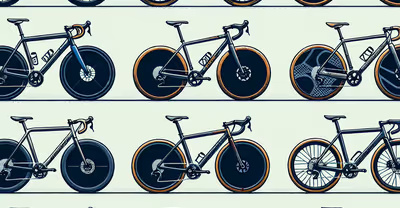

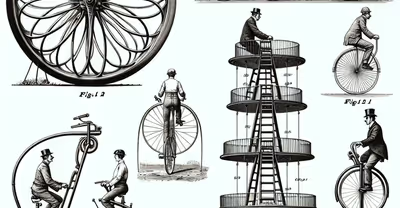
















































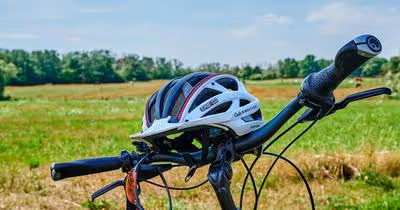



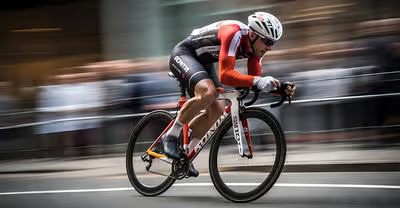





















































































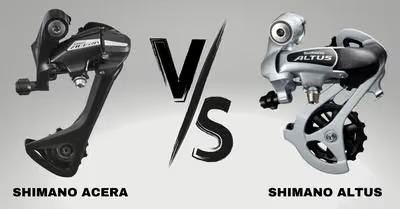






































































































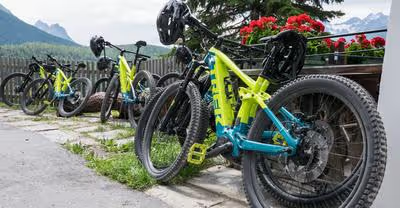

































































































































































































































































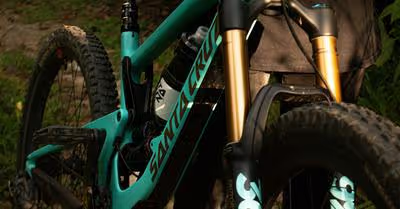
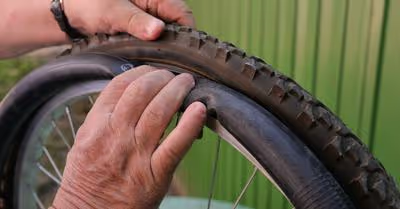







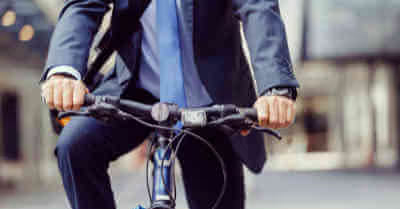









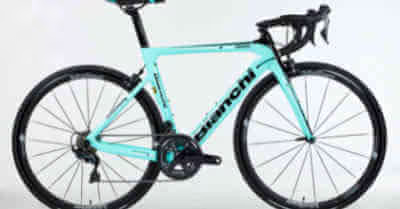



































.avif)
